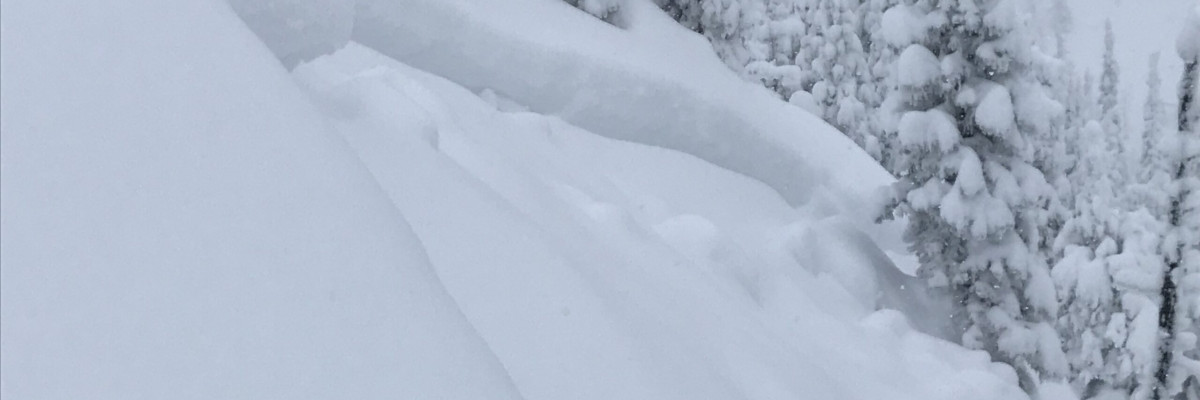The avalanche danger for the West Central Montana backcountry is Considerable. Human triggered avalanches are likely. Careful snowpack and terrain evaluation remain important for safe backcountry travel.
Good morning, this is Logan King with the West Central Montana Avalanche Center’s avalanche advisory for December 23rd, 2017. This danger rating does not apply to operating ski areas, expires at midnight tonight and is the sole responsibility of the U.S. Forest Service.
Weather and Snowpack
An arctic cold front is flooding into the region dropping mountain temperatures to around zero in the northern portion of the advisory area. Further south, temperatures are in the low teens this morning. Scattered low density snow continues to fall and 1-4 inches have accumulated overnight. Winds are light this morning from the N.
Travis was in the Rattlesnake yesterday and I was up at Lolo Pass. We both found the primary concern to be persistent weak layers.
The primary avalanche problem today is persistent slabs. There are two distinct persistent weak layers of concern. Above 6,000 feet facets on the Thanksgiving crust continue to cause significant avalanche problems as indicated by multiple natural releases observed on this layer yesterday. Below 6,000 feet there is a spotty layer of buried surface hoar. You will need to dig and see if these layers are present and reactive. Carefully evaluate the snowpack before exposing yourself to avalanche terrain.
Loose snow avalanches are the secondary concern today. Loose snow avalanches are problematic due to the potential to step down and trigger a larger slide on one of the persistent weak layers or in steep terrain where terrain traps are present. Carefully identify features of concern and the resulting consequences of getting caught in a loose snow slide.
Avalanche and Weather Outlook
Snow will taper off today giving way to frigid temperatures before the next cycle of snow begins late Sunday. Avalanche conditions will not change much through the weekend.
If you are out in the backcountry, please send us your observations, these are very helpful in producing the advisory. Ski and ride safe.














